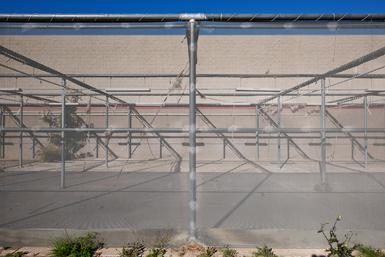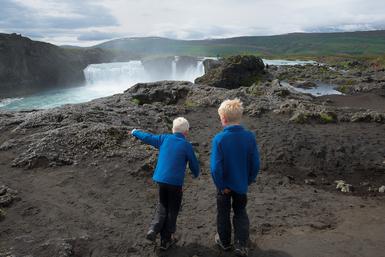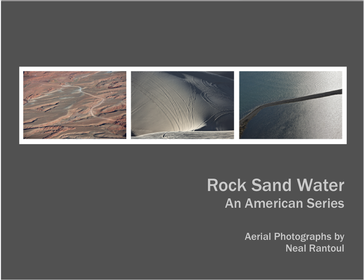I am in California for a few days this week visiting my sister, who lives in Berkeley.
We are headed out to have a picnic lunch today at Mt Tamalpais, which you can drive up. From the top you can see all of San Francisco Bay, down to Marin, a good deal of Richmond and down towards Oakland, etc. It is a glorious place with a trail the runs right around its circumference.
I have photographed quite a bit at Mt Tam over the years, including the original "Mountain Work" series made in the late 80's:
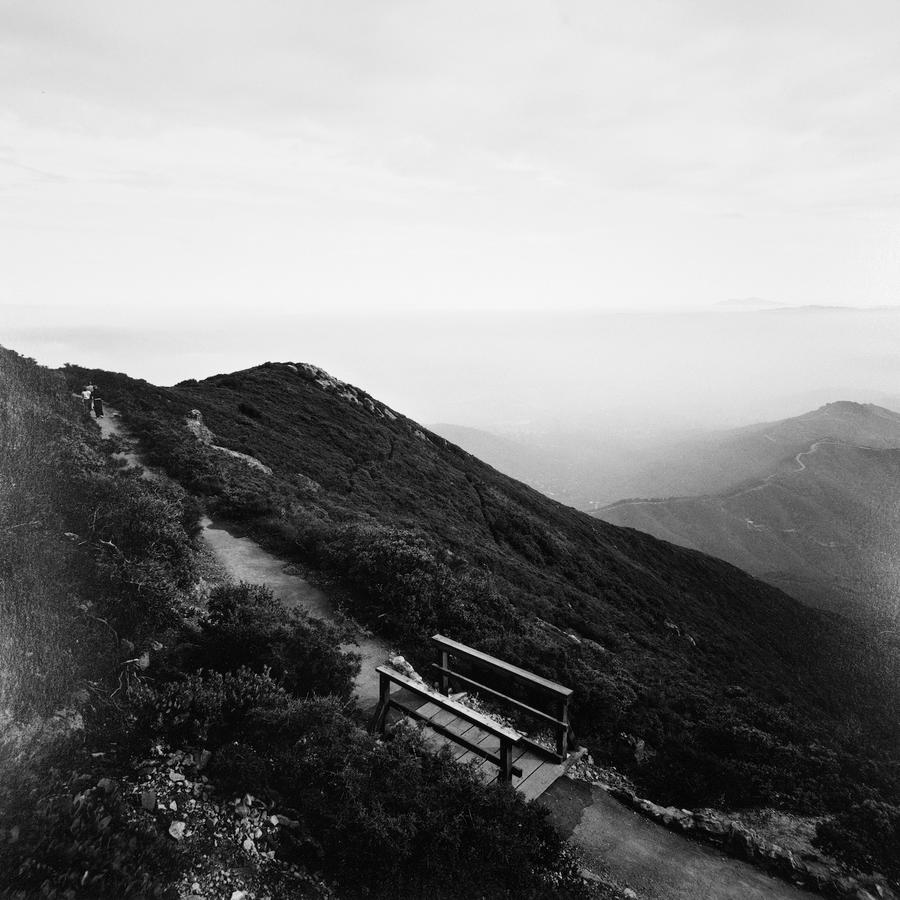
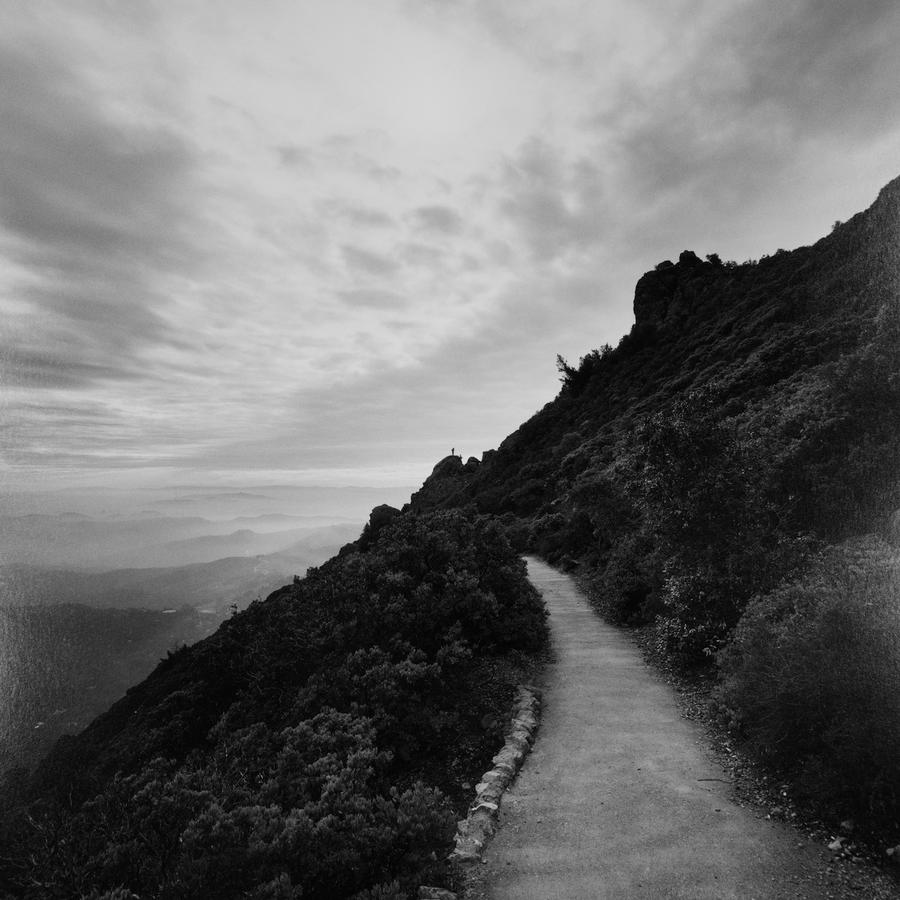
and in more recent years too: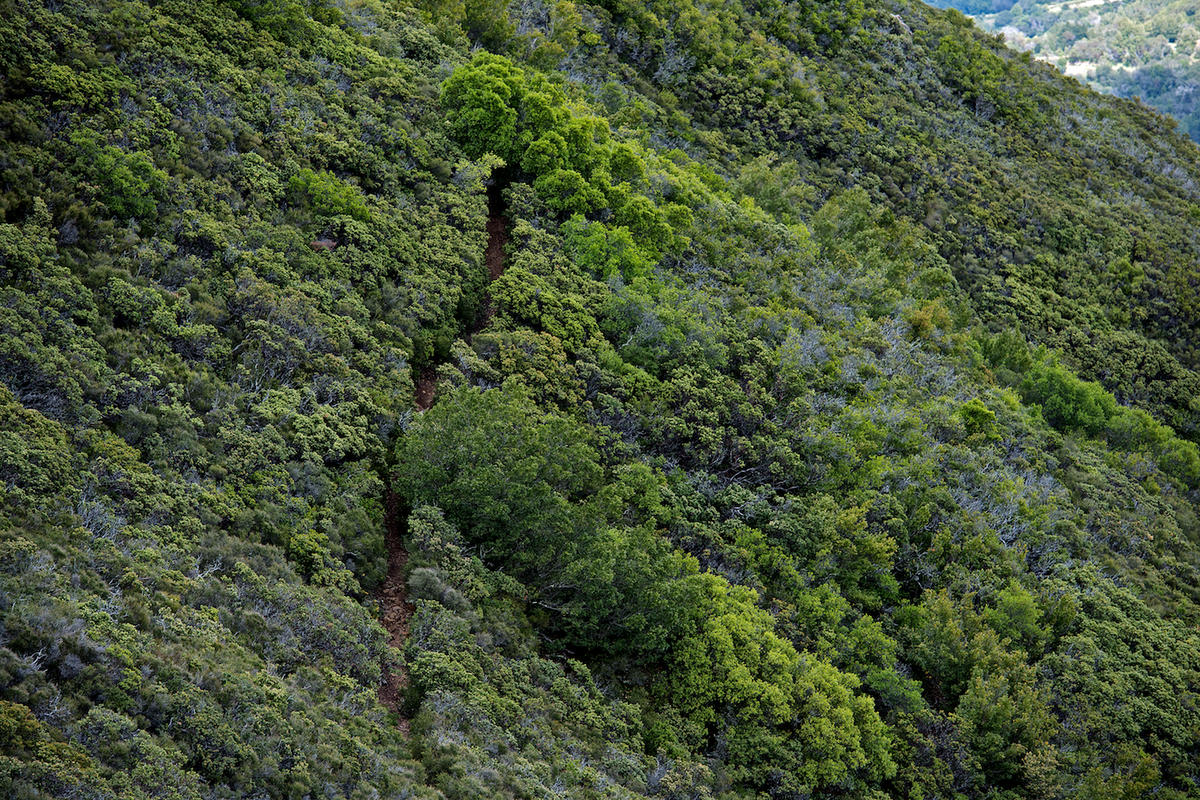
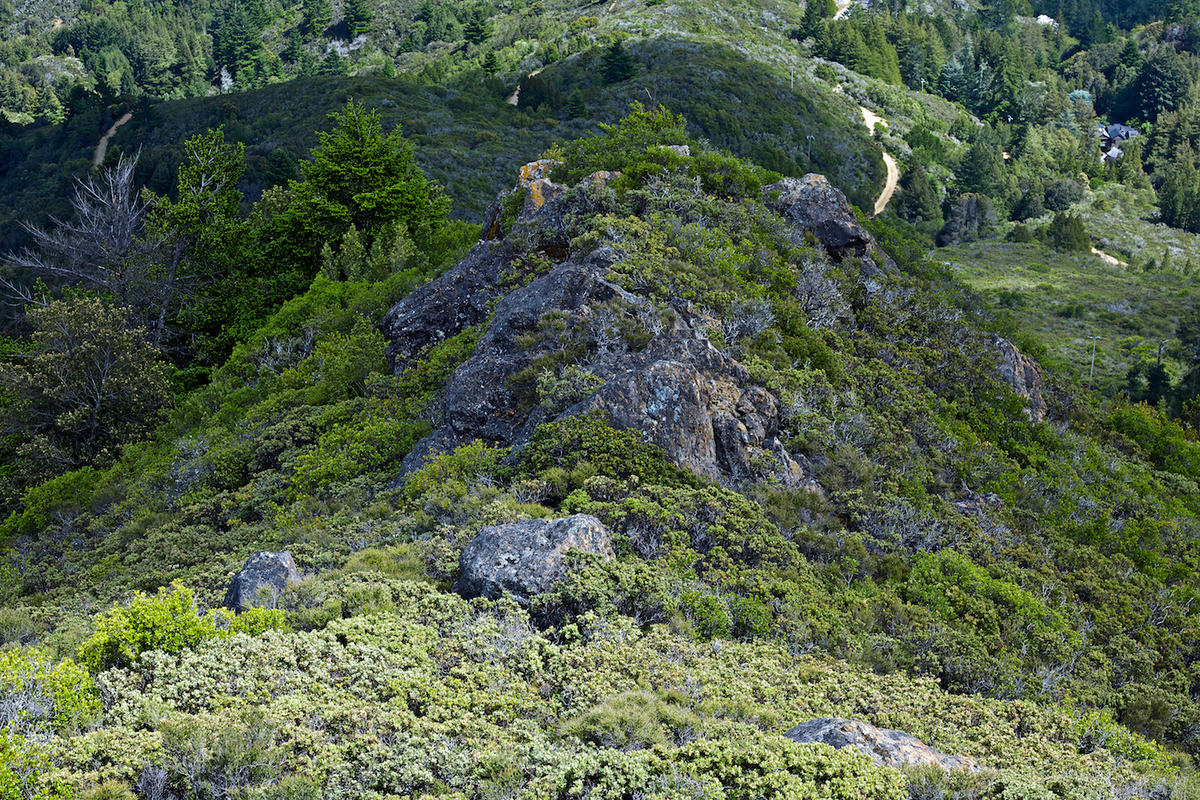
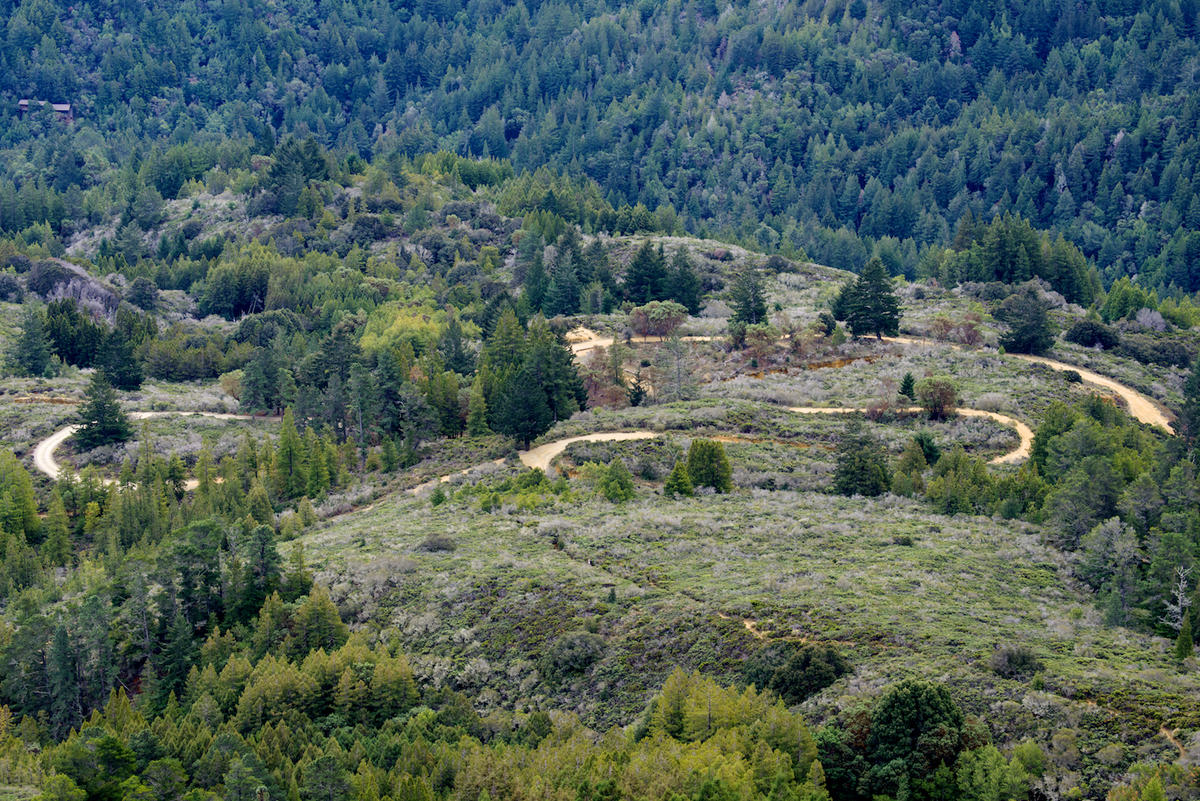
including driving up it one morning in 2015 in fog: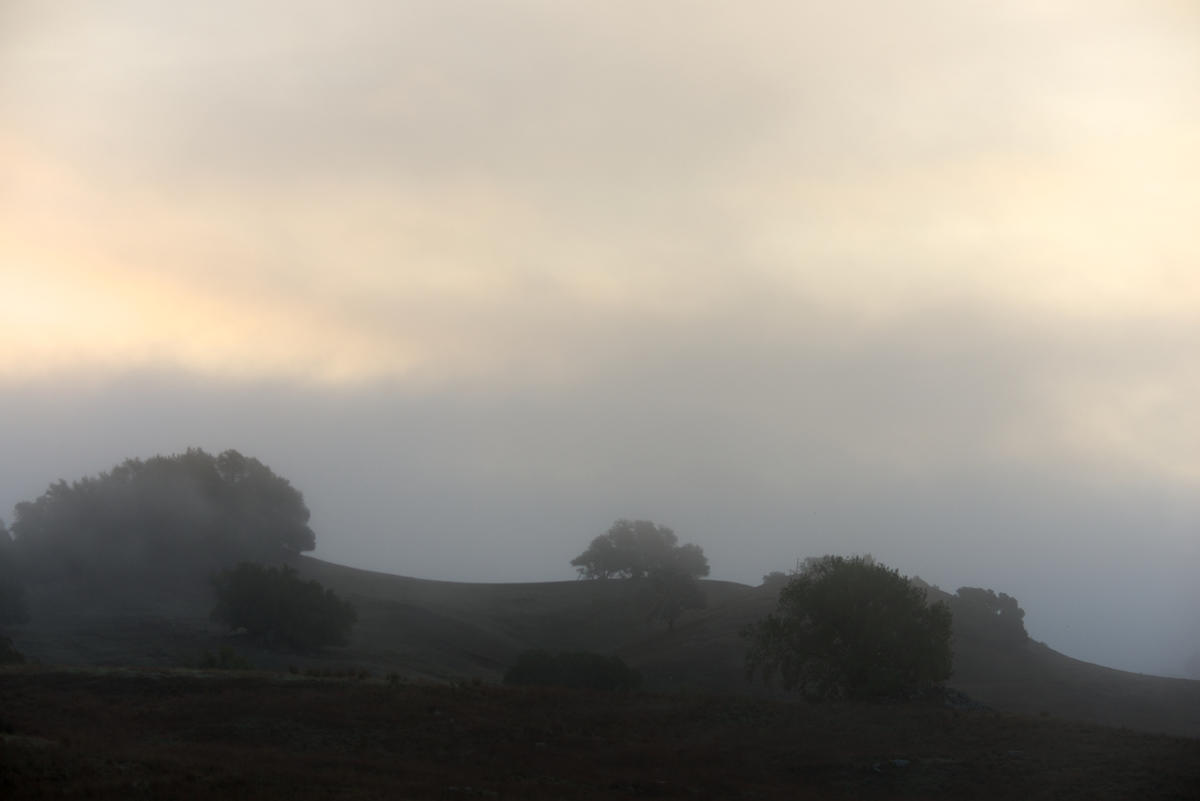
that slowly burned off as I walked the trail:
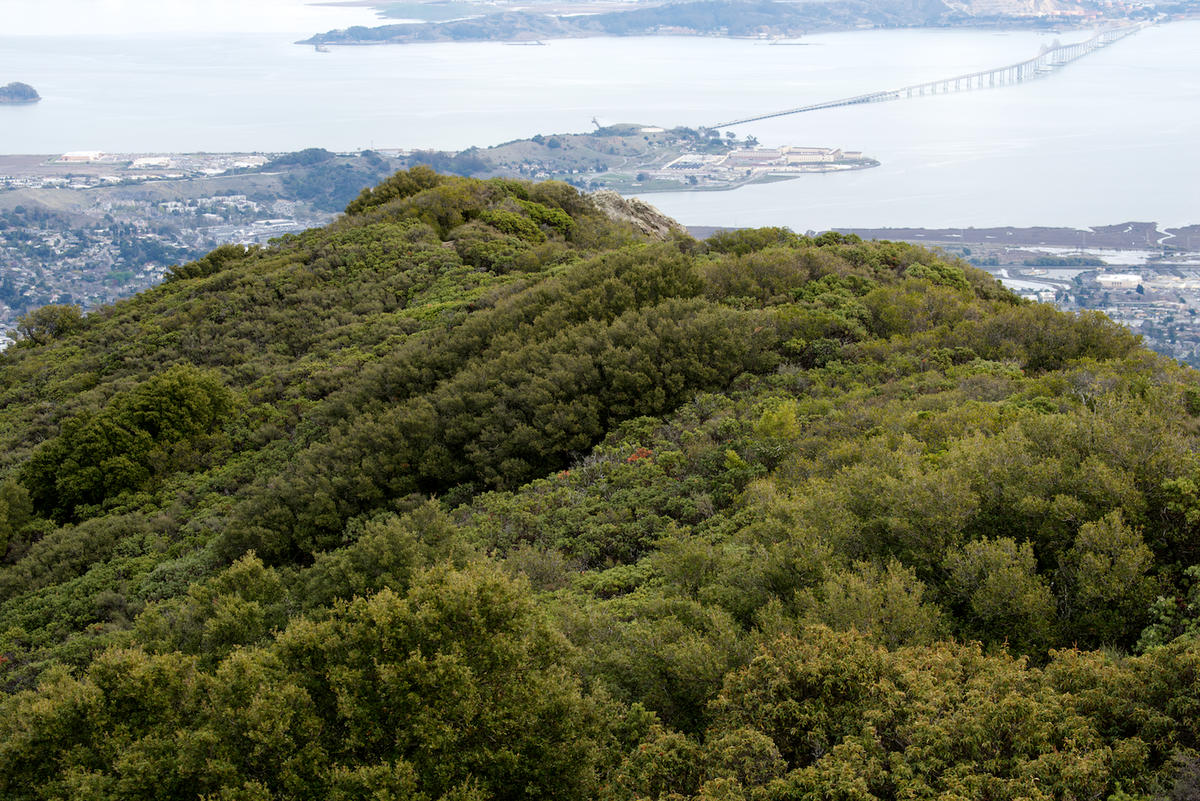
Mt Tamalpais. One of my favorite places.
The book Portland is now out. This is the 4th in the series of small books that highlight my series works from the 80's and 90's.

These are available by emailing me directly (nrantoul@comcast.net) or they will be for sale at the Griffin Museum of Photography. Portland is also on the website: here.
A while back I wrote a blog about photographing facades (link: here) and mentioned that I had a print in a show of the same name in the late 70's at MIT.
At the time I couldn't place my hands on the work and was mourning the fact that I didn't have a copy of the poster that came out for the show.
Well, I found both the work I submitted for the show AND the poster:
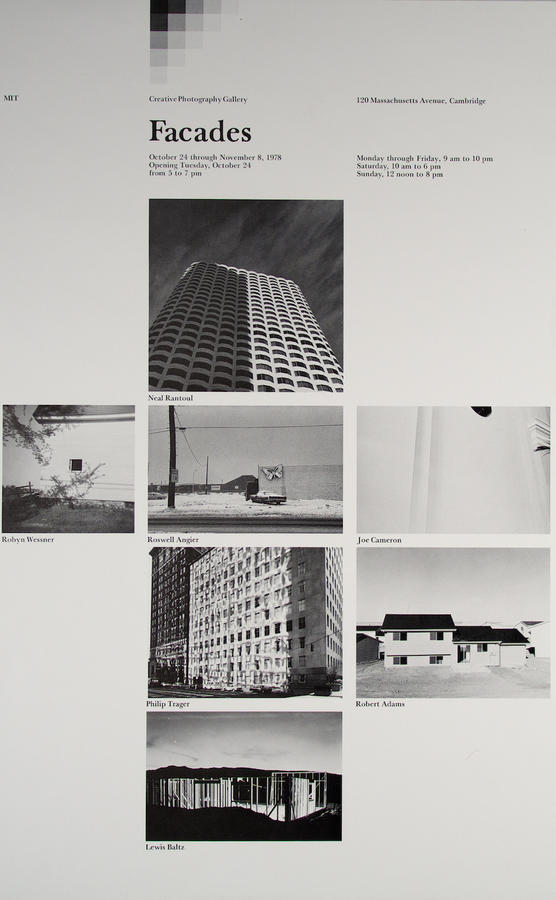
It seems I was showing with some great photographers: Lewis Baltz, Robert Adams, Philip Trager, Rosewell Angier and Robyn Wessner.I also found my submission photographs

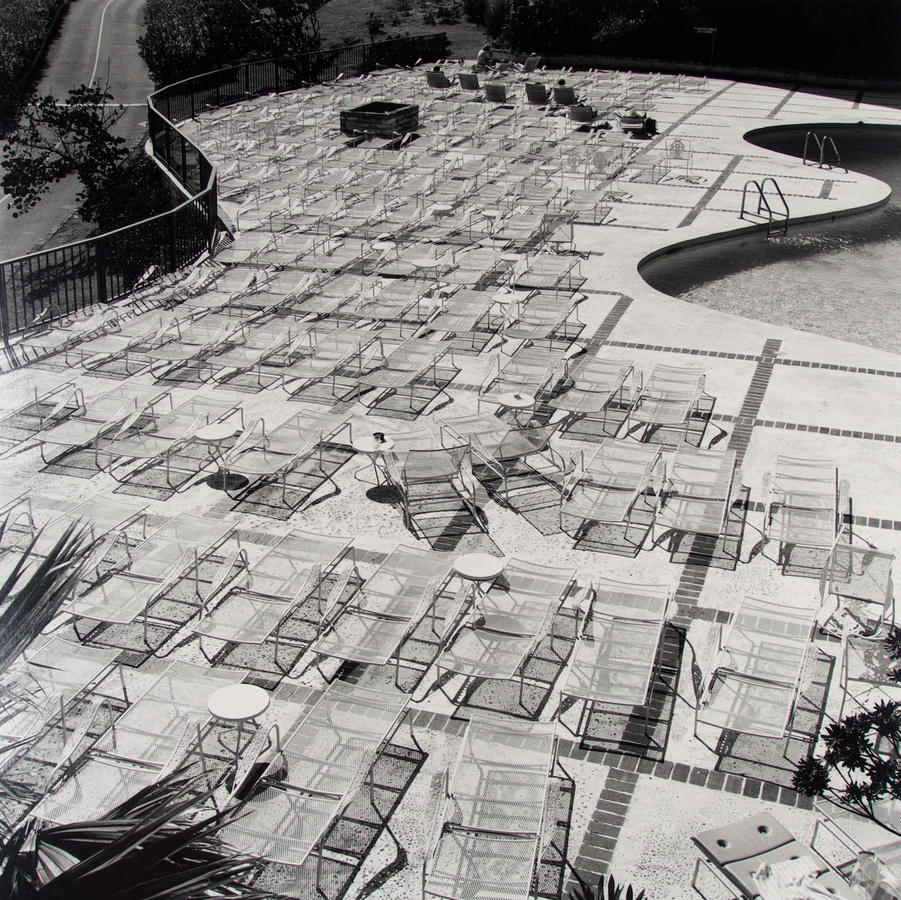

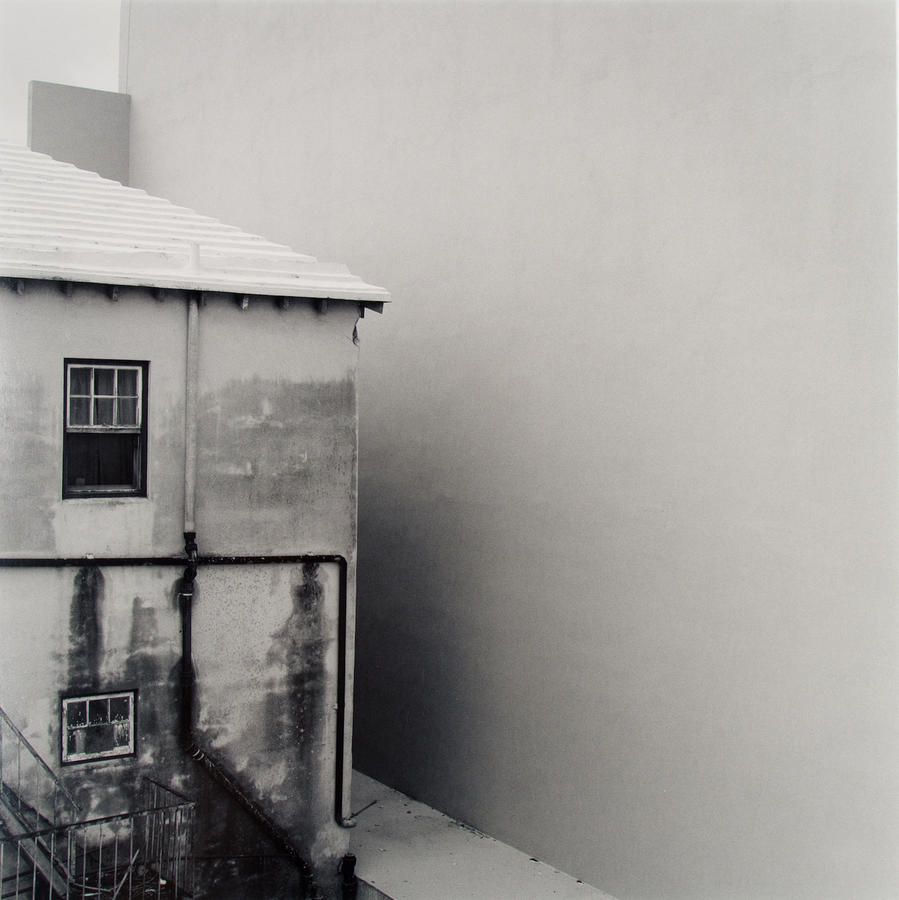
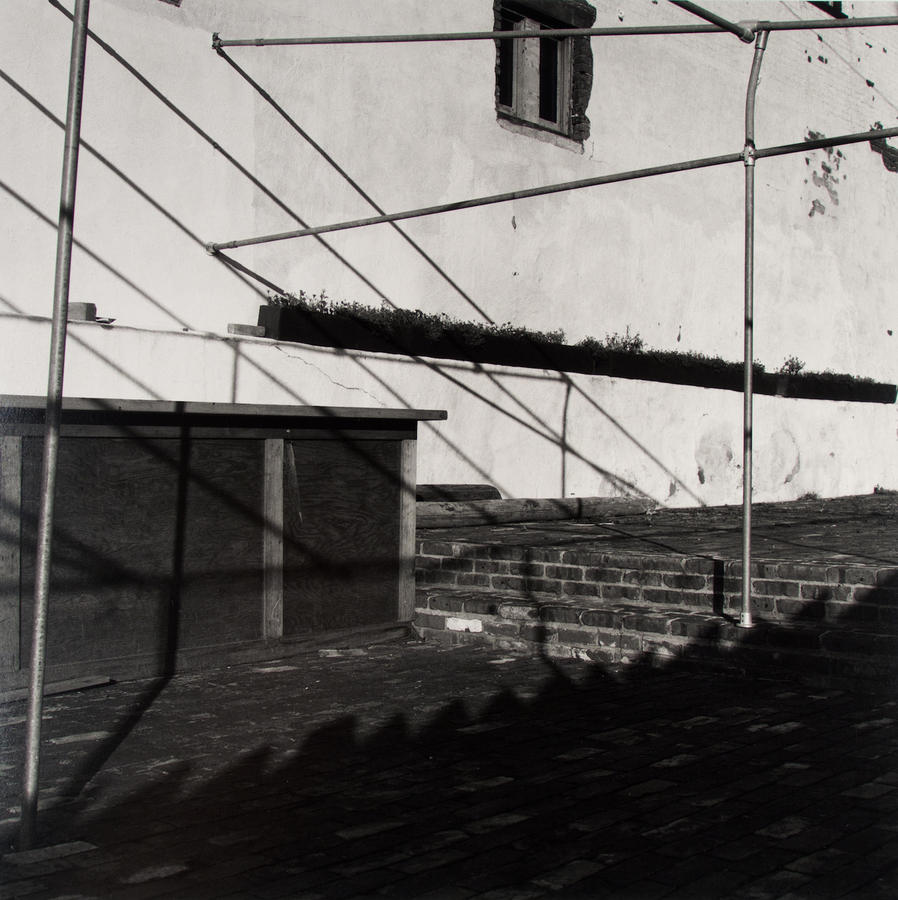
This feels a little like looking at someone's else's photographs, and, in some sense, it is for it is work from almost 40 years ago and this was a time when my career was really just starting. It is interesting also what I chose to submit. I am reminded that the well wasn't so deep in those days, meaning I simply didn't have great depth in this way of seeing yet.
Here's the image that was in the exhibition:
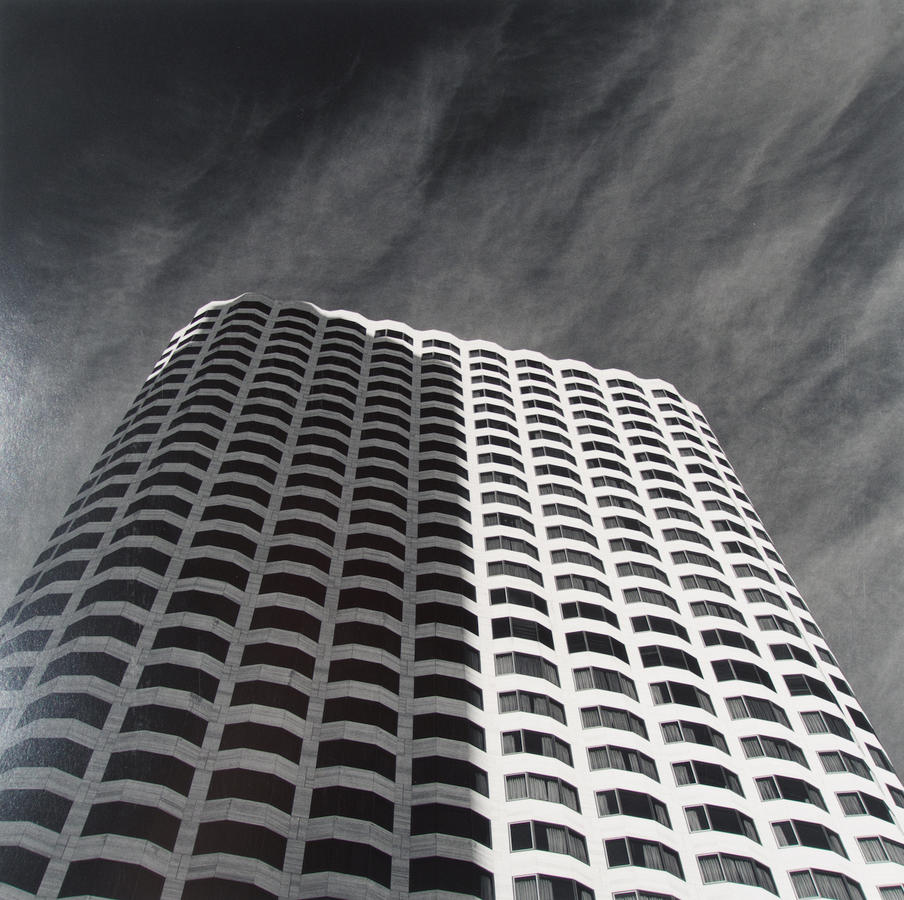
from downtown Boston, a building that is still there.
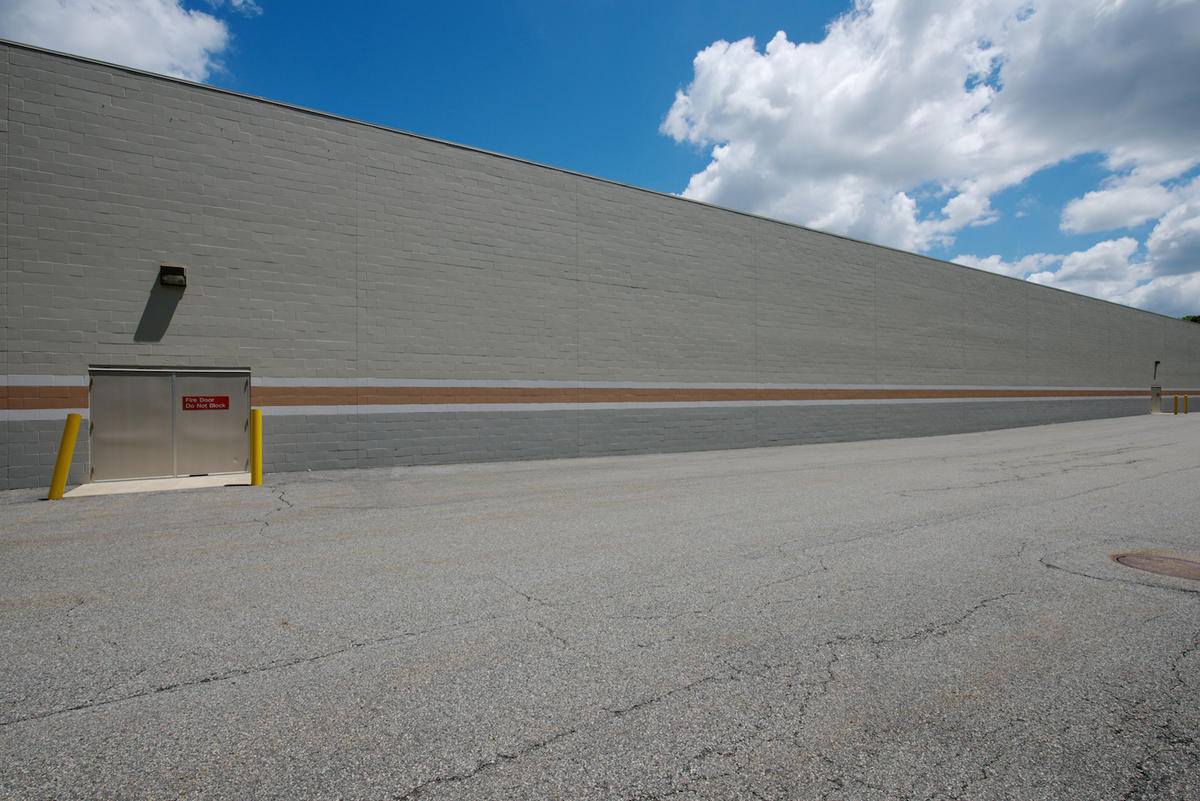
I have had a preoccupation with facades, which, for me, includes fences and walls, for a very long time. In fact, in 1979 I made a series of pictures called Fences and Walls that was my first cohesive group of pictures after finishing graduate school in 1973. Fences and Walls was the body of work that formed the foundation for this way of seeing.
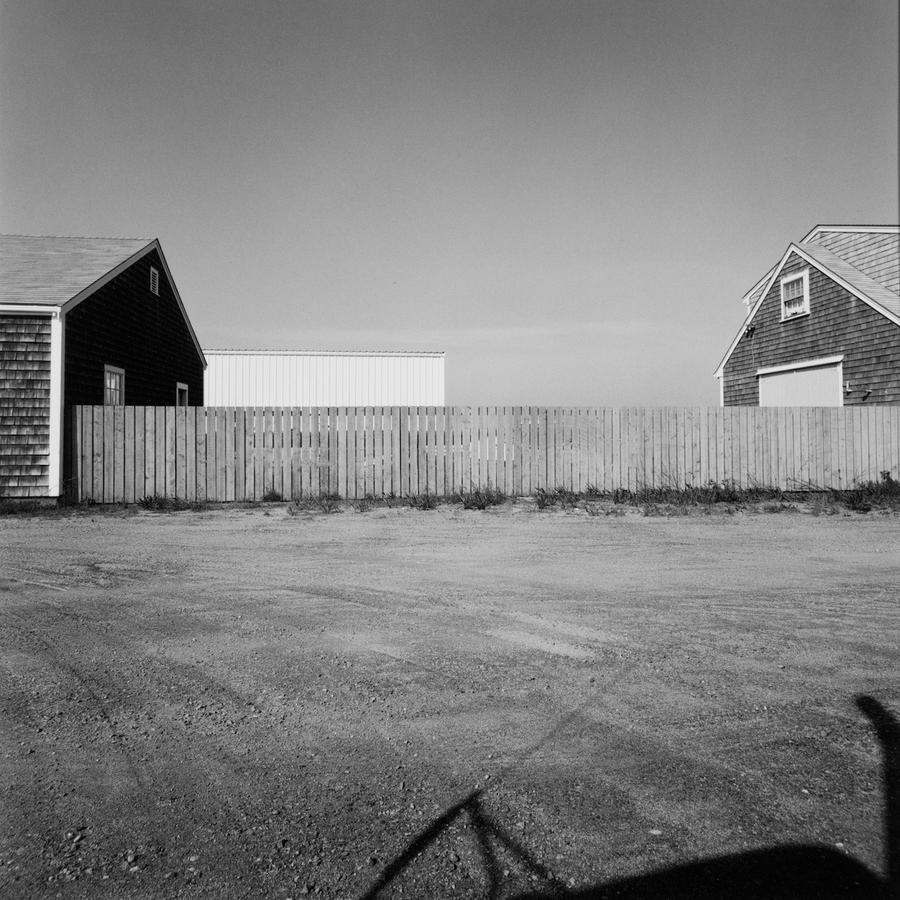 From Fences and Walls 1979
From Fences and Walls 1979
This same approach carried through to some of the mall work I did in 2009-2012.That series was called Mallchitecture and looked at buildings designed for a purpose and function practically devoid of an aesthetic.
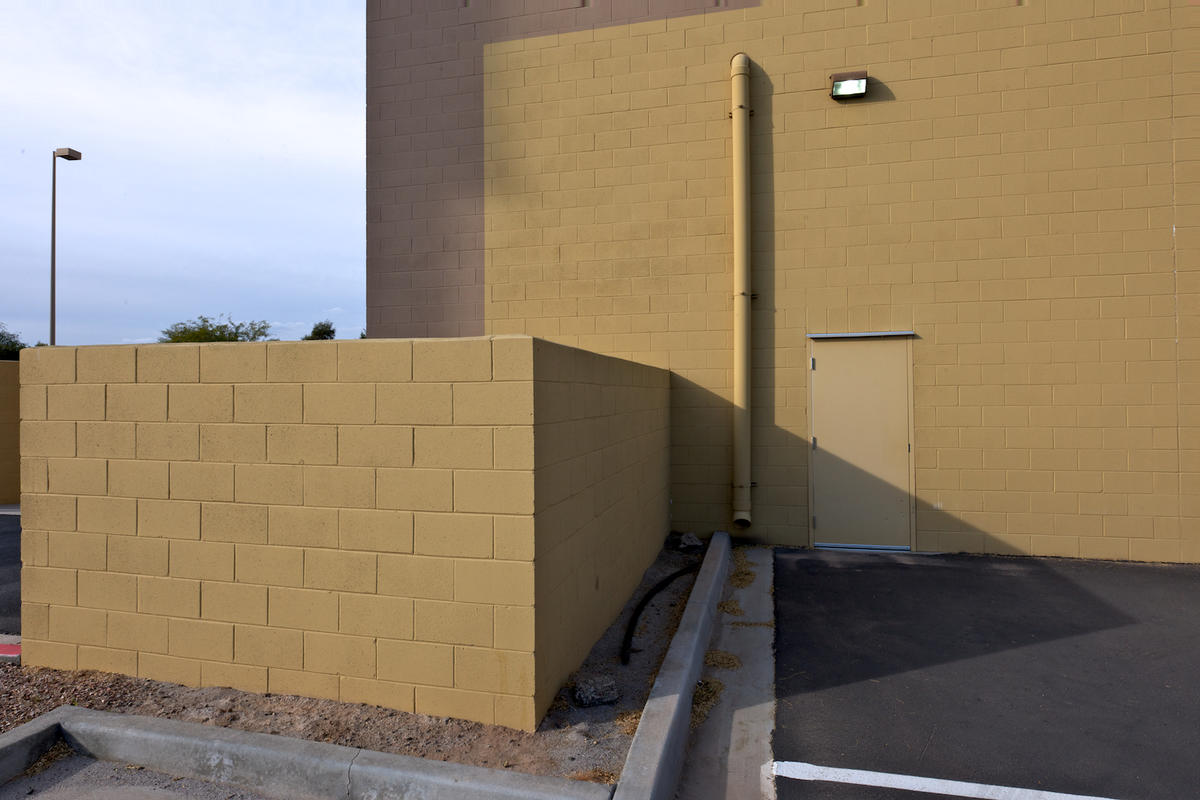
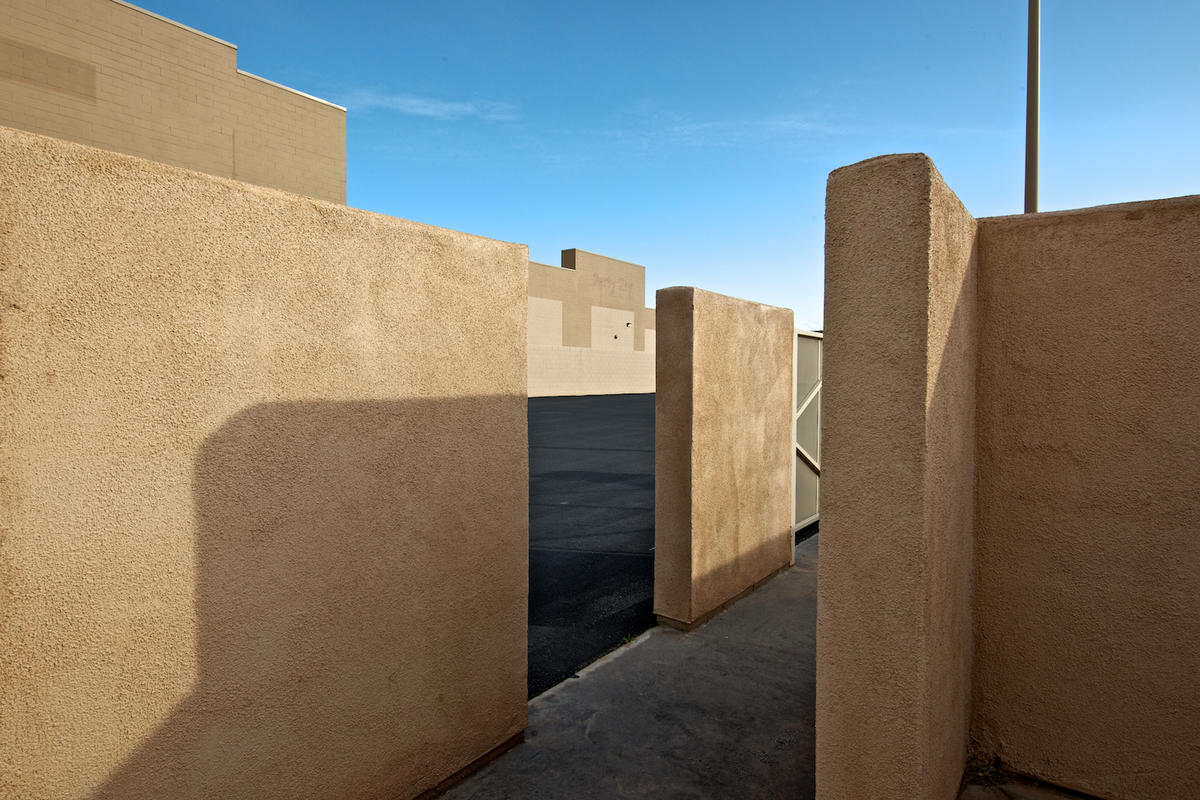
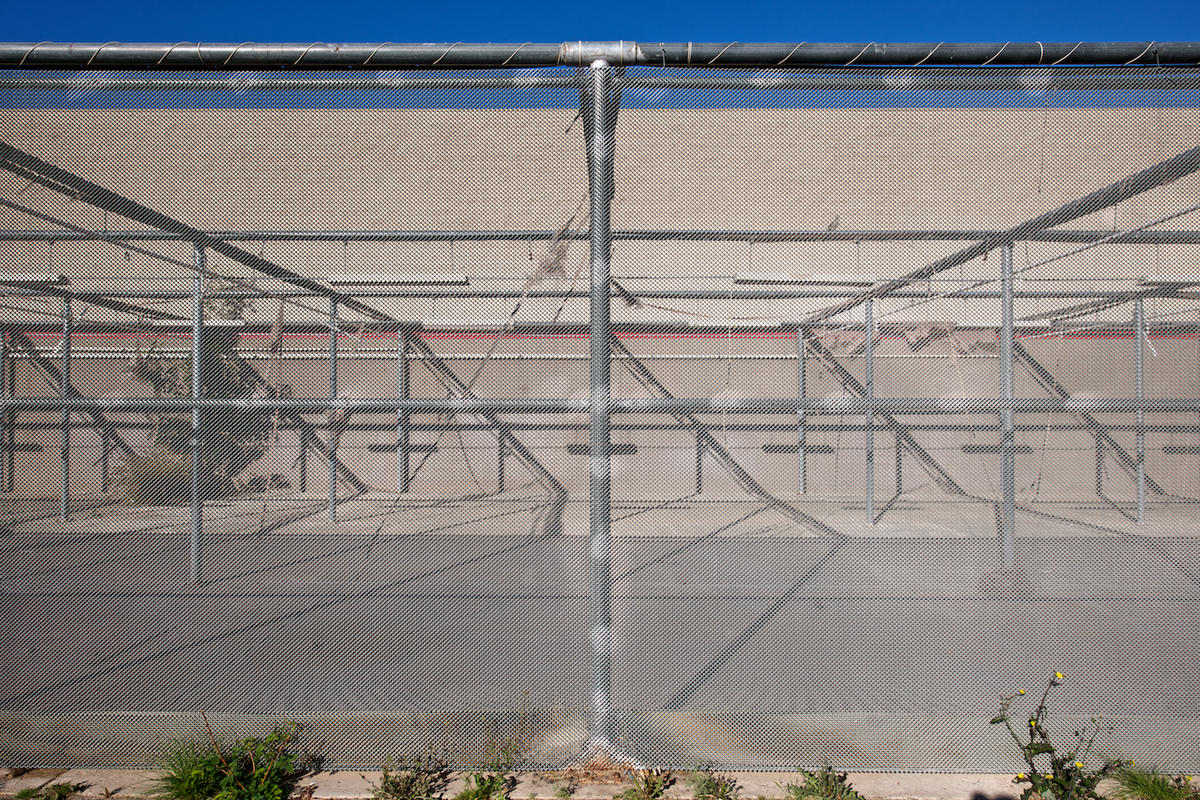
Facades played a key role here. My earliest awareness of this interest was a show my work was in at MIT called, oddly enough, "Facades", about 1977. This was when Minor White was still alive. I met the white haired photographer and guru a couple of times and was in awe of his reputation and the depth of his approach. The fact that he had deigned my photograph worthy seemed as if from the hand of God at the time. In those days White curated a concept show every year or so with titles like Light (to the 7th power), Octave of Prayer, Be-ing Without Clothes.
Photographs of facades, surfaces, fences and walls have been part of my photographic agenda for a very long time. Was I aware in these early career years I was looking at the world through this specific lens? That I was consumed by an agenda not on everyone else's list? No, I was not. I wonder how many people new to the arts are so self aware they know their stock in trade or can access the uniqueness of their point of view in those earlier years? Few, I believe. I also believe this then becomes one of the primary roles teaching needs to play. To acquaint the student with just what it is they are doing, how their work fits into the overall scheme, what precedents there are and the relevance of the premise.
There is another prevailing aesthetic I can track over my career and that is what I call: "Planetality". I know, I've even made a word for it. This is the need, desire or prevailing characteristic of making pictures that exist in planes, most prominently in parallel planes. Stand in front of a building or flat surface, preparing to make a picture of it. Will you make the picture at an oblique angle or point up or down? What drives this in you? Do you not care care that lines converge or that one edge of the building will bow out or in? Or do you wish your pictures to reside in the relative neutrality of not having imposed a specific directionality to them? Again, stand in front of the building, keep your camera level and center yourself so the left and right sides are equidistant and parallel to you holding the camera and you have a picture that is far more neutral, thus allowing the building to dominate, not the signature of the picture of it. Imagine in current times this being a concern! But how you do this affects the outcome. If the building is too tall or there is too much foreground in your picture? Well, that's what a view camera is for or, in these days in the digital world, "lens corrections" in Photoshop or, last, a PC lens. The principle is to keep the camera parallel to the surface and shift the lens to raise, lower or slide left or right.
At any rate plane to plane is important to me, not always, but often.
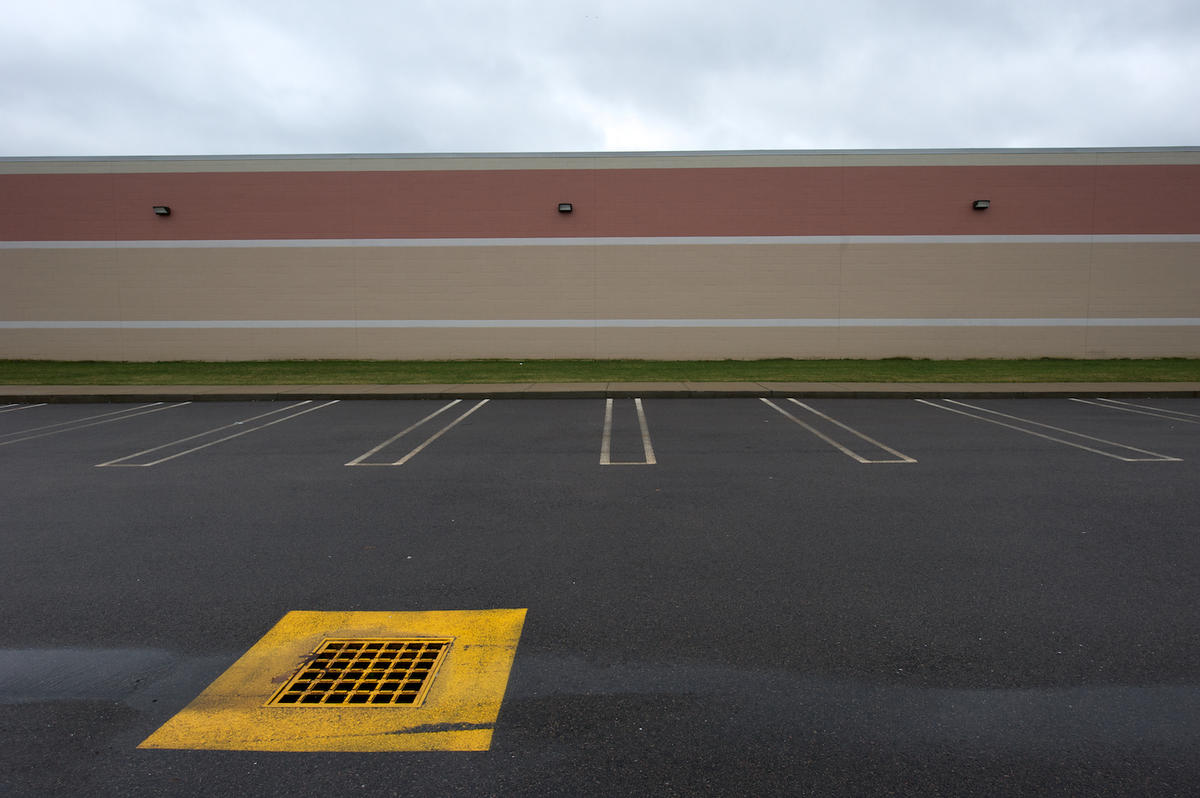
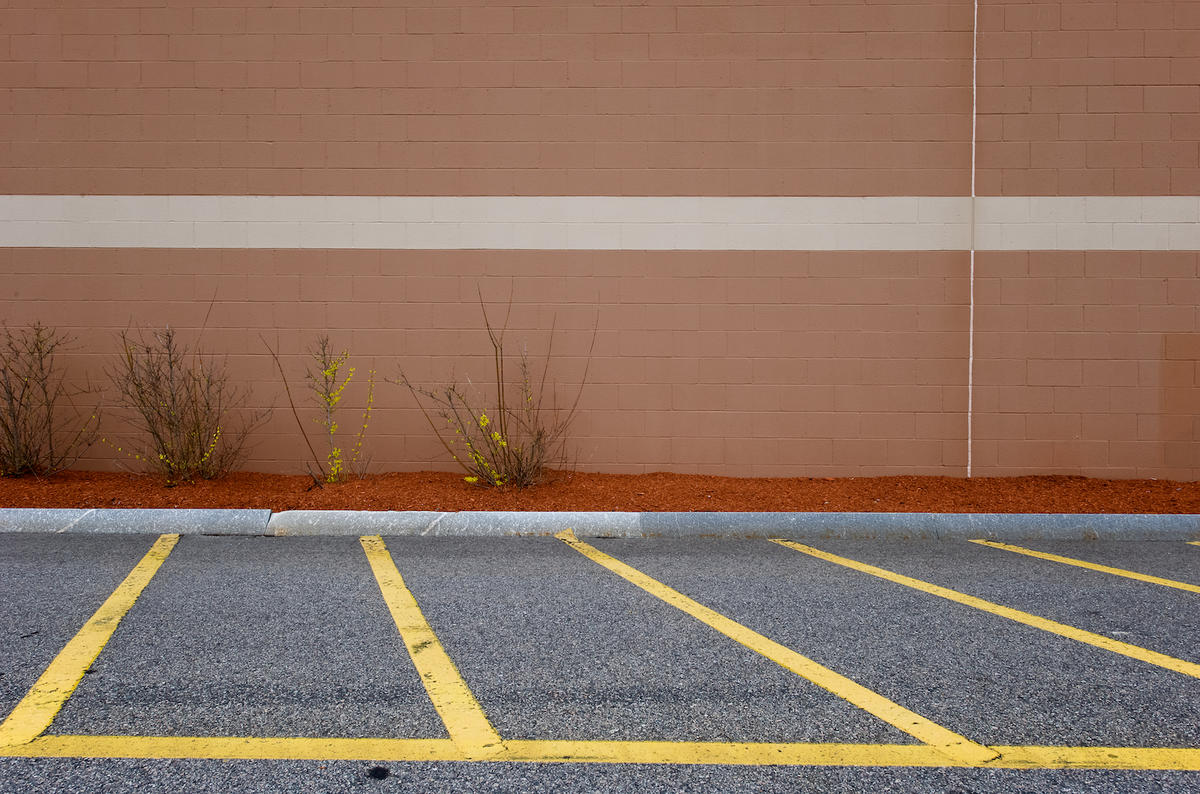
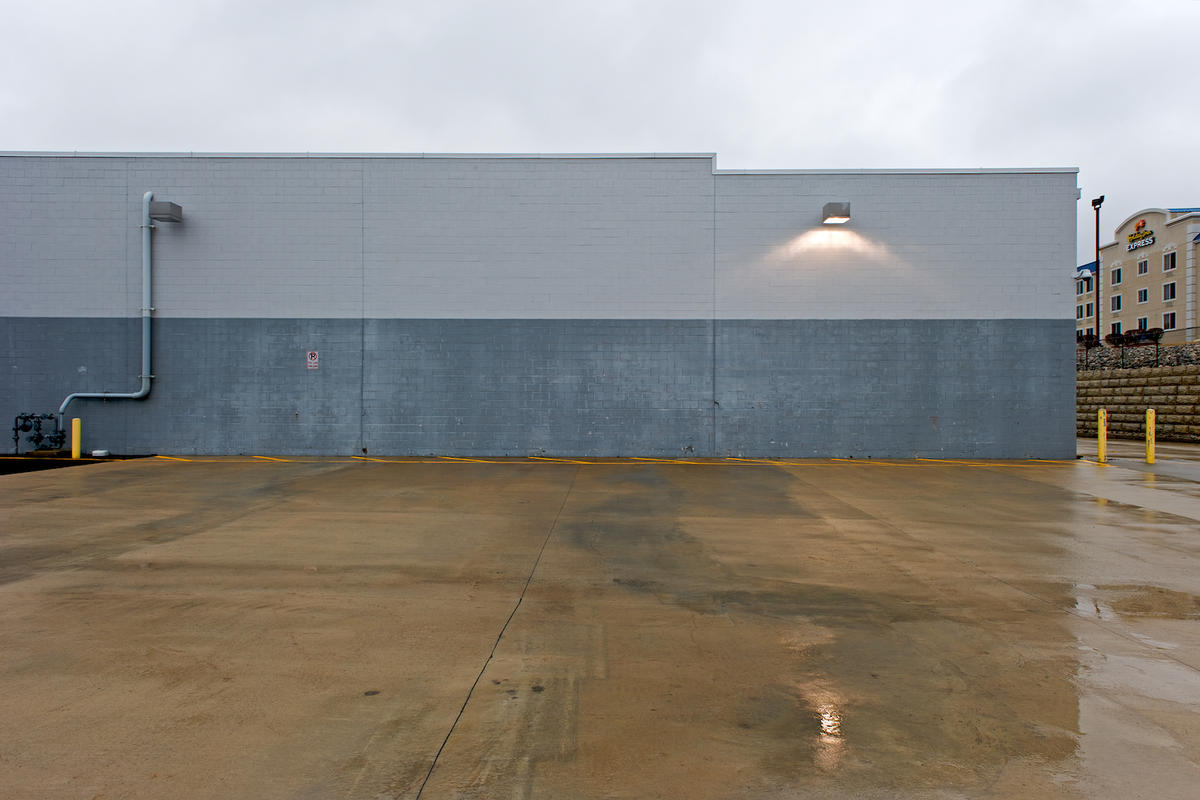
Most of the photographs in this post are from the series called Mallchitecture.
Boston Athenaeum:
The Boston Athenæum is one of the oldest independent libraries in the United States. It is also one of a number of membership libraries,[2] meaning that patrons pay a yearly subscription fee to use the Athenæum's services. The institution was founded in 1807 by the Anthology Club of Boston, Massachusetts.[3] It is located at 10 1/2 Beacon Street on Beacon Hill.
Resources of the Boston Athenæum include a large circulating book collection; a public gallery; a rare books collection of over 100,000 volumes; an art collection of 100,000 paintings, sculptures, prints, drawings, photographs, and decorative arts; research collections including one of the world's most important collections of primary materials on the American Civil War; and a public forum offering lectures, readings, concerts, and other events. Special treasures include the largest portion of President George Washington's library from Mount Vernon; Houdon busts of Washington, Benjamin Franklin, and Lafayette once owned by Thomas Jefferson; a first edition copy of Audubon's "Birds of America;" a 1799 set of Goya's "Los caprichos;" portraits by Gilbert Stuart, Chester Harding, and John Singer Sargent; and one of the most extensive collections of contemporary artists' books in the United States.[4]
The Boston Athenæum is also known for the many prominent writers, scholars, and politicians who have been members, including Ralph Waldo Emerson, Nathaniel Hawthorne, Louisa May Alcott, Oliver Wendell Holmes Sr., Oliver Wendell Holmes Jr., John Quincy Adams, Margaret Fuller, Francis Parkman, Amy Lowell, John F. Kennedy, and Edward M. Kennedy.
Source: Wikepedia
The Athenaeum has frequent exhibitions, showing works from within the New England region. Its current show, Called "Works on Paper" includes a couple of photographs of mine from Peddocks Island in Boston Harbor that I made in 2005. The library purchased the full portfolio in 2011.
Peddocks Island is on the gallery page of my site: here.

Catharina Slautterback, the library's curator of prints and photographs, chose works from the permanent collection for the show. This exhibition emphasizes recent acquisitions.
It is a very beautiful show. It is up through mid September.
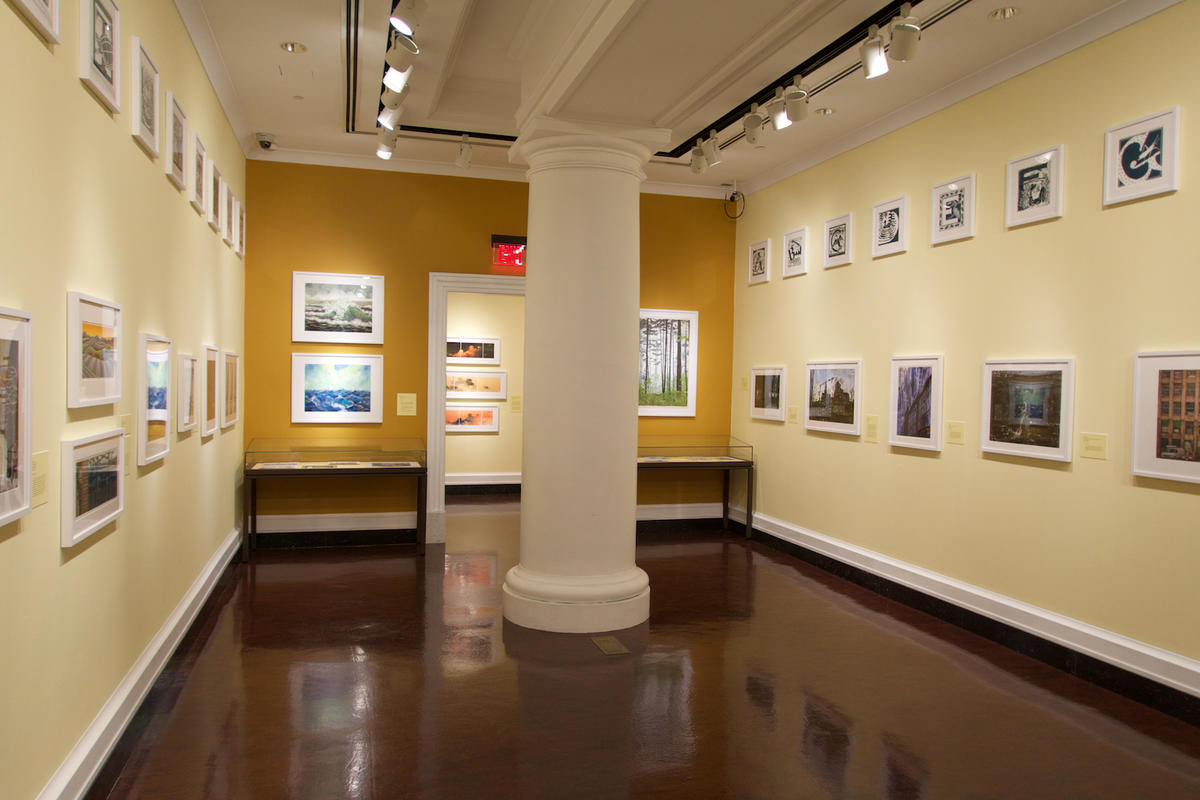
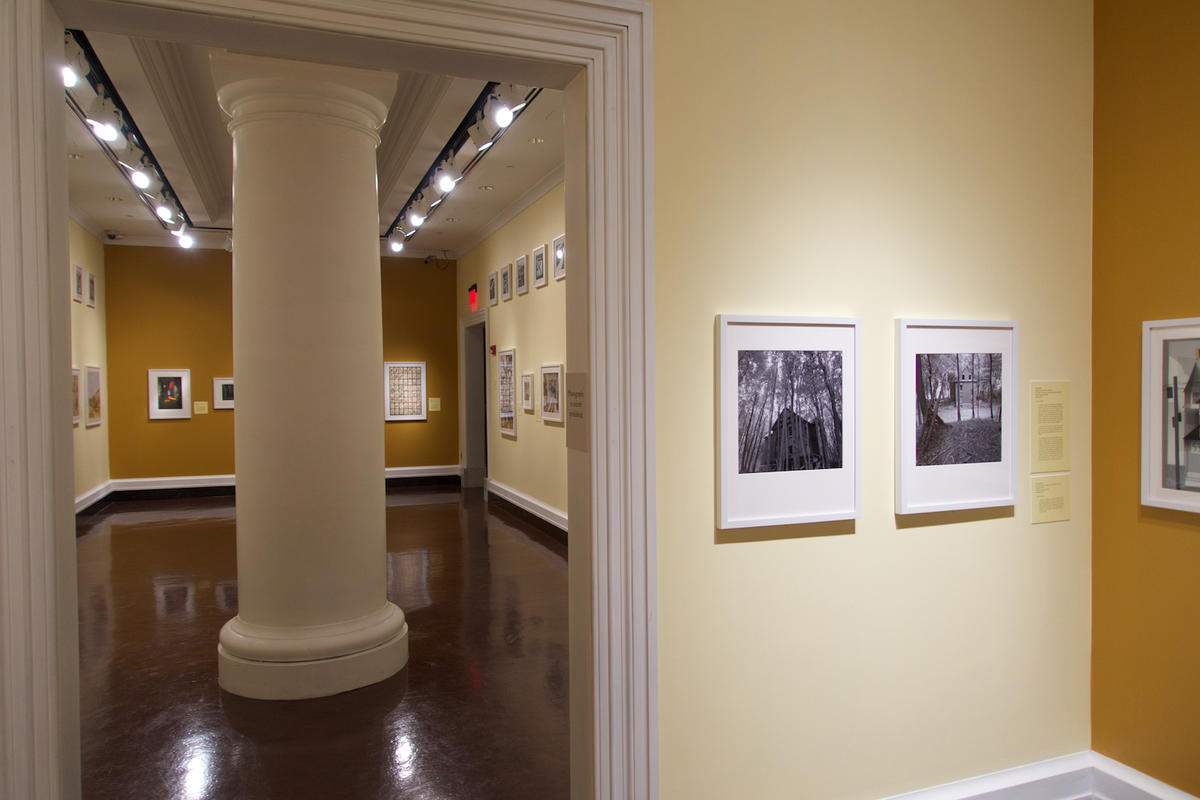
Although the Athenaeum is a private library for its members, it is free and open to the public on its first floor. It is also one of Boston's great resources, practically across the street from the State House with real charm and an old world presence. Never been? Seize this opportunity to see some great art set in a great place, a retreat from the noise and fast pace in downtown Boston.
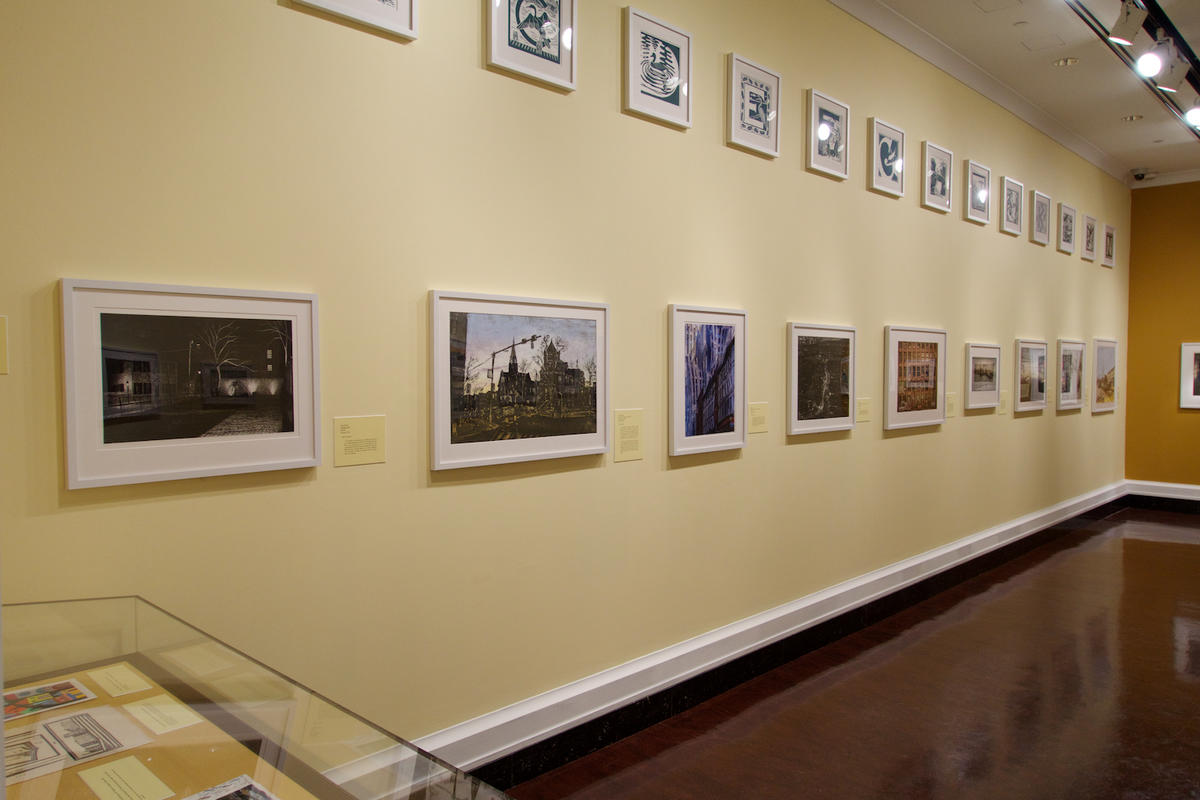
For more information go to: Boston Athenaeum.







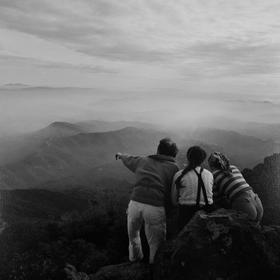
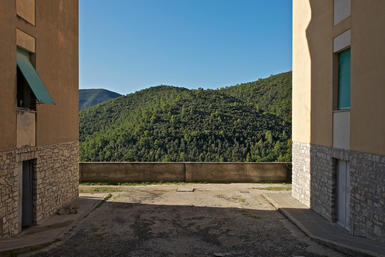

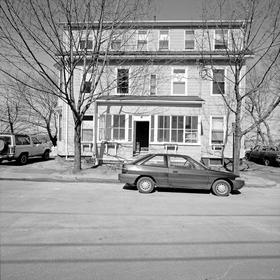
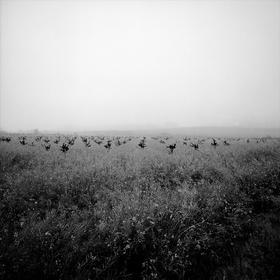







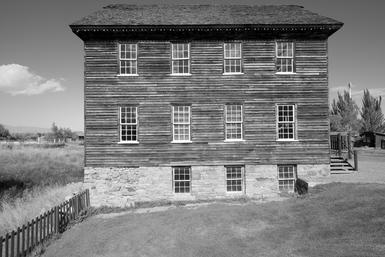

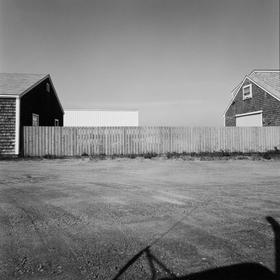

 From Fences and Walls 1979
From Fences and Walls 1979





